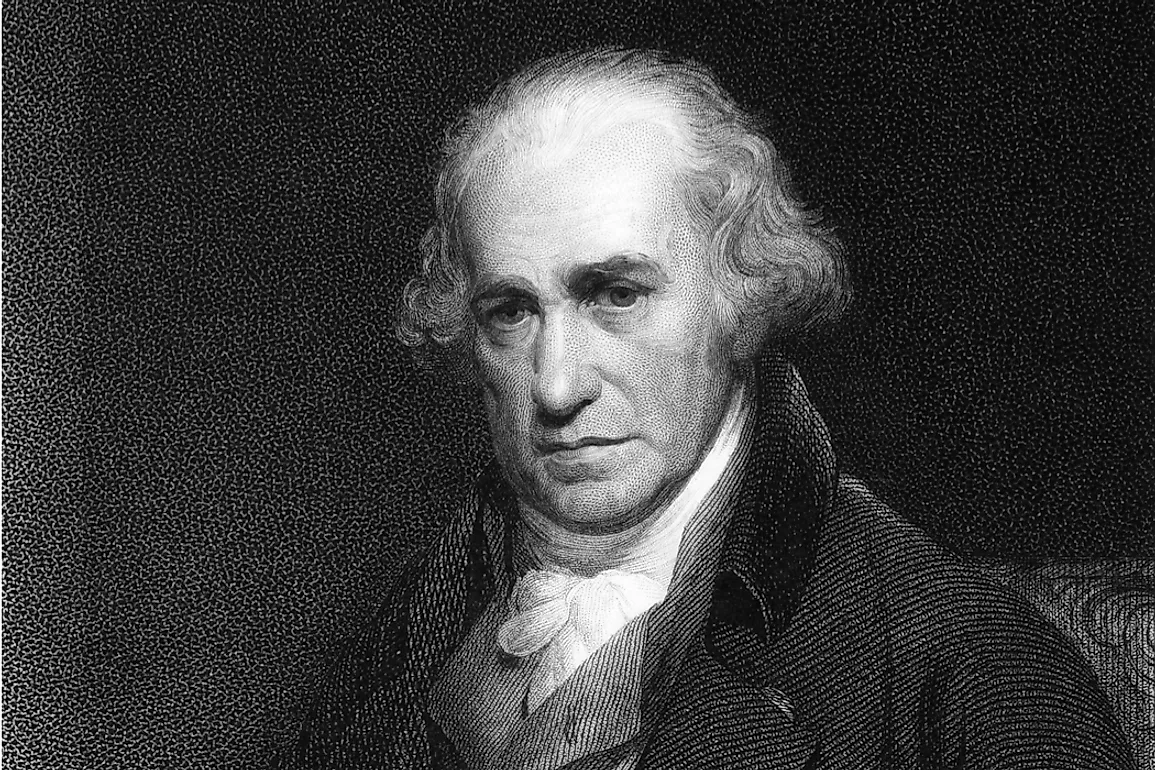James Watt - Figures in History

James Watt was a chemist, mechanical engineer, and inventor who improved Newcomen’s steam engine in 1781. Watt got interested in the steam engine when he was working at Glasgow University as an instrument maker. Watt noticed that Newcomen steam engine wasted a lot of energy by reheating and cooling its cylinder repeatedly. He created a design which had a separate condenser; this saved energy, improved efficiency, and power while also introducing cost-effectiveness in steam engines.
Early Life
James was born on January 19, 1736, in Renfrewshire. Watt’s mother, Muirhead Agnes, was from a distinguished family while his father was a contractor and ship owner. Initially, Watt was homeschooled by his mother before he joined Greenock Grammar school where he showed excellent skills in mathematics and engineering. Watts studied instruments-making for a year in London before coming back to Glasgow with plans of setting up his workshop. Although his goal was temporarily halted, when the Guild of Hammermen blocked his application for opening up the business because he had not served as an apprentice under an experienced inventor for a minimum of 7 years.
Career
James was saved by the arrival of astronomical instruments from Jamaica which need some repairs. He helped restore them to working conditions and in response the Glasgow University allowed him to set up a workshop in the university. At first, he helped maintain the university’s instruments and also helped with demonstrations while expanding on Quadrants production.
Watt’s Experiment With The Steam Engine
Even though he had not seen a steam engine before, Watt started experimenting with steam long before 1759 when John Robison proposed the idea of using steam as a source of motive power to him. Although his engine model did not work, the idea of using steam as motive power motivated him to learn more about the steam engine. Watt managed to work on a steam engine for the first time when the university asked him to repair their Newcomen engine, but even after restoring it, the engine was barely working.
After doing some experiments, he concluded that over 75% of the thermal energy was used to heat up the engine cylinder in each cycle. He explained that the power was wasted since cold water was added to the engine to help condense the steam thus reducing pressure. By merely cooling and heating the cylinder, the Newcomen steam engine wasted a lot of energy instead of converting it to mechanical energy. Watt partnered with Matthew Boulton and they began manufacturing steam engines together.
Major Contributions
Watts invented the copying machine which worked better than the initial mechanical one which linked various pens. His method worked by transferring the ink from the original sheet to another thin sheet. Other than the engine, he also came up with the idea of horsepower. The SI unit for power was named after James Watt.
Death And Legacy
Although he retired in the 1800s, Watt continued inventing in his home until August 25, 1819, when he died in Handsworth. He was buried in St Mary’s church graveyard on September 2, 1819. Watt’s improvements on the steam engine helped convert it to a mechanical tool for the industrial revolution. The availability and reliability of motive power changed the economies of numerous continents.











